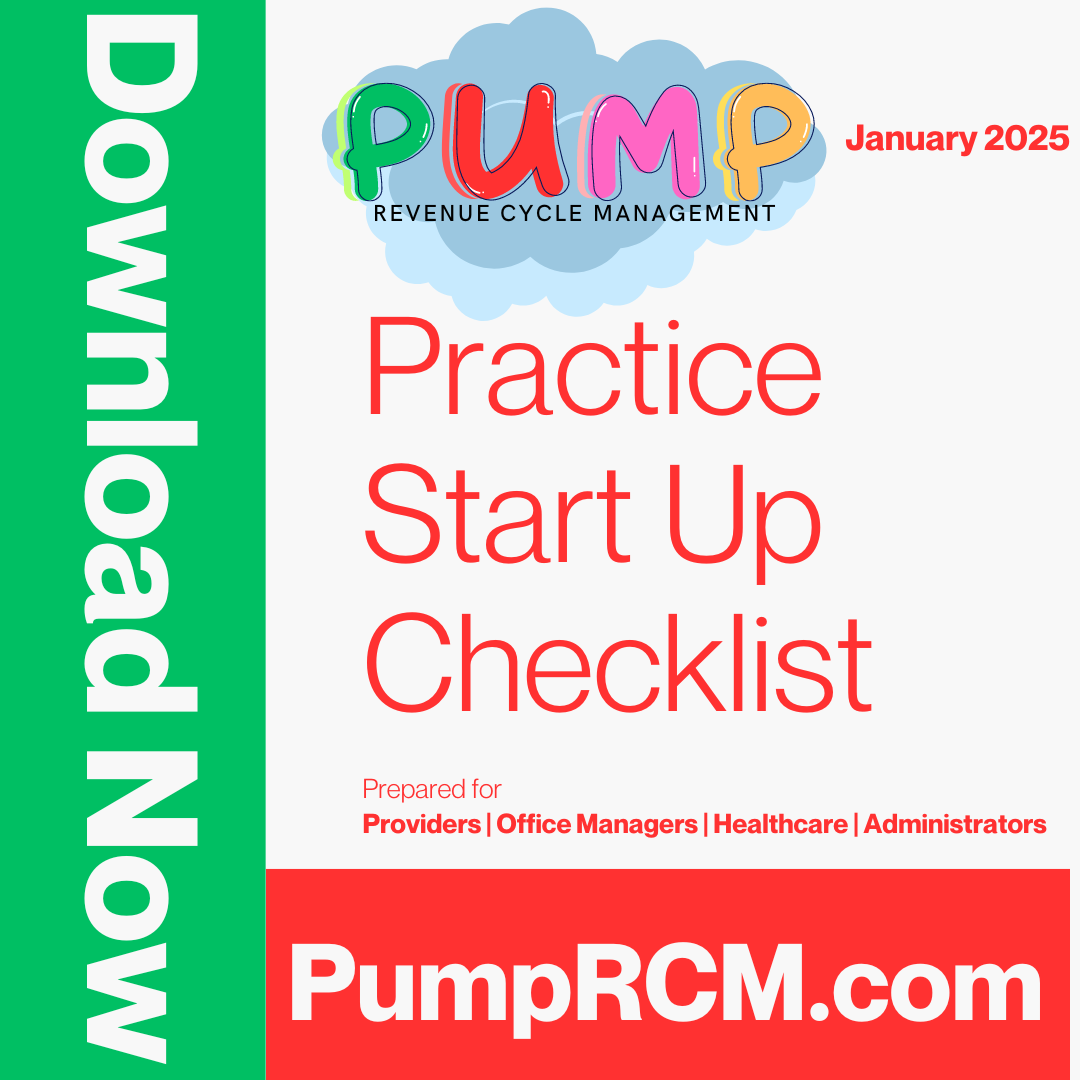Just How to Carry Out Healthcare RCM for a Smooth Income Cycle
Wiki Article
A Comprehensive Guide on Just How Medical Care RCM Functions to Simplify Invoicing and Collections
Browsing the intricacies of medical care profits cycle management (RCM) is vital for carriers aiming to boost their billing and collections processes. The overview unloads the complexities of RCM, from person registration to accounts receivable administration, supplying understandings into enhancing each step.Understanding Profits Cycle Monitoring
RCM is a critical management function that incorporates the whole financial procedure of patient care, from the initial visit setting to the last payment of the balance. It is a complex treatment made to recognize, accumulate, and manage the profits from the services supplied to clients.The RCM procedure begins when a person timetables a visit and extends with the patient's care journey, including billing and collections. A crucial purpose is to minimize the time in between receiving and giving a service settlement, therefore enhancing the company's economic wellness. RCM entails various features such as individual registration, insurance policy confirmation, charge capture, coding, asserts submission, repayment posting, and taking care of rejections and appeals.
Trick Components of RCM
In the realm of Earnings Cycle Monitoring (RCM), recognizing its key parts is essential to accomplishing economic effectiveness within healthcare companies. RCM is a detailed procedure that encompasses numerous stages, each crucial to ensuring effective invoicing and collections. The primary elements include person registration, insurance policy verification, fee capture, coding, insurance claim entry, repayment uploading, and accounts receivable management.

As soon as coded, cases are sent to payers, where accuracy is vital to prevent delays or beings rejected - Healthcare RCM. Settlement posting entails recording the gotten repayments, which enables the settlement of accounts. Lastly, balance dues administration concentrates on tracking and resolving overdue claims, guaranteeing prompt follow-up and resolution
Each part of RCM is adjoined, and inefficiencies in any type of part can interfere with the whole cycle. As a result, mastering these components is necessary for doctor to enhance revenue and enhance their financial wellness.
Strategies for Effective Invoicing

Standardizing billing treatments throughout the company is an additional crucial approach. Establishing clear standards for documents, coding, and submission helps maintain consistency and conformity with regulative requirements. Educating staff on a regular basis on these treatments makes sure every person is up-to-date with the most recent modifications in invoicing codes and payer policies.
Precise cost capture is important in protecting against earnings leakage. Executing normal audits and surveillance systems permits the recognition and improvement of disparities prior to they impact profits. this content Additionally, keeping open lines of communication with payers assists to rapidly fix any kind of disputes or misconceptions that might occur.

Lastly, interesting clients early in the invoicing process by giving clear price quotes and instructional materials about their monetary responsibilities can significantly minimize complication and boost payment timeliness. These strategies jointly contribute to a much more economically healthy and effective invoicing system.
Enhancing Collections Procedures
Provided the complexities of clinical payment and the selection of payer requirements, enhancing the collections procedure includes implementing tactical procedures that make sure accurate and prompt repayment of services made. Automation tools can aid in tracking claim standings, sending timely reminders to individuals, and managing rejections more successfully.Educating personnel to comprehend the subtleties of insurance coverage plans and billing codes is similarly crucial. This expertise equips them to deal with billing disparities promptly and interact successfully with people concerning their monetary duties. Additionally, clear and clear patient interactions are critical. Providing thorough explanations of charges and providing versatile repayment plans can boost individual satisfaction and punctual payments.
Routine audits of the collections process ought to be carried out to determine areas for improvement and make sure conformity with regulations. By evaluating data, medical care companies can determine fads, prepare for prospective issues, and adjust website here approaches accordingly (Healthcare RCM). Inevitably, a well-enhanced collections procedure not only sustains financial health and wellness yet likewise adds to a more seamless experience for patients and personnel alike
Optimizing Income Streams
Structure upon the foundation of a solid collections process, medical care organizations can further strengthen their financial stability by strategically maximizing profits streams. This entails a multi-faceted strategy, starting with a detailed evaluation of existing revenue sources to identify inadequacies and locations for development. Employing innovative information analytics tools enables companies to gain understandings into payer mix, person demographics, and service use patterns, permitting for data-driven choices that boost income capture.Applying automated payment systems can considerably minimize mistakes and quicken cases processing, guaranteeing that income is collected much more successfully. In addition, enhancing payer agreements via regular settlements can improve reimbursement prices and terms, straight affecting the bottom line. Diversifying service offerings, such as incorporating telehealth or health care, can likewise attract a wider individual base, thus boosting revenue potential.
An additional important part is enhancing patient interaction and satisfaction, as completely satisfied clients are most likely to abide by treatment plans and make timely repayments. Providing flexible repayment choices and clear invoicing techniques can boost collections and foster person commitment. Healthcare RCM. By adopting these methods, healthcare organizations can produce a more resilient financial framework, making sure sustained development and stability in an ever-changing sector landscape
Final Thought
To conclude, health care Earnings Cycle Management (RCM) plays an essential function in enhancing billing and collections procedures by integrating vital components such as person registration, insurance verification, fee capture, coding, asserts submission, and receivable management. By utilizing advanced modern technology, systematizing treatments, and cultivating person interaction, medical care providers can considerably lower case denials, speed up repayment cycles, and boost money flow. This comprehensive approach to RCM ultimately results in enhanced economic efficiency and sustainability for healthcare organizations.The RCM why not look here procedure starts when an individual schedules an appointment and extends through the patient's care journey, including invoicing and collections.Another vital element is improving client involvement and complete satisfaction, as satisfied individuals are extra likely to adhere to therapy strategies and make prompt settlements. Providing flexible repayment choices and transparent invoicing techniques can enhance collections and foster individual loyalty.In final thought, healthcare Profits Cycle Administration (RCM) plays a critical function in maximizing invoicing and collections processes by integrating essential parts such as patient registration, insurance confirmation, cost capture, coding, claims entry, and accounts receivable management. By utilizing sophisticated modern technology, systematizing procedures, and promoting person engagement, healthcare companies can substantially minimize case denials, increase payment cycles, and boost money flow.
Report this wiki page